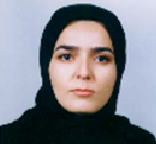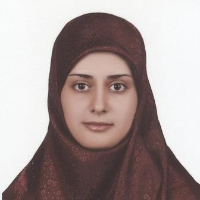Online Teaching of Prepositions of Persian Language to Non-Persian Speakers Using Cognitive Approach and Animation tools: Analyzing the Effect of Social Variables
With the spread of the corona virus, teaching Persian to non-Persian speakers, like other disciplines, turned to virtual and online education, and teachers faced new challenges in teaching Persian different aspects. One of these aspects was the prepositions teaching as polysemous categories. In language books, meanings of prepositions are usually presented in a list, and this problem makes learning them difficult. On the other hand, the cognitive grammar confirms the semantic network of prepositions around the prototype meaning. In this research, at first, using the semantic network of simple prepositions "از، با، به، تا، در", curriculum content was designed. Then, based on the cognitive theory of multimedia learning, a combined verbal-visual multimedia tool (animation) was used and the content was tested with 52 samples. The results of statistical analysis showed that the progress of language learners was significant. It can be concluded that the teaching of prepositions with research tools has been effective. In addition to the language level variable, social intervening variables of age, gender, nationality, field of study and status were also measured. The findings indicate that gender, nationality, field of study and age has had a significant effect. But other variables didn’t have a significant effect.
-
Identifying Opportunities for the Development of Persian Language Tourism with an Interactional Socialinguistics Approach
Elahe Shaghie, Arzoo Najafian*, Bahman Zandi, Sayfollah Mollaye Pashaye
Language Related Research, -
The Assessment of the "Practical Word Teaching" Educational Set Based on Cunningsworth's Indices
Mojtaba Almasi *, Rezamorad Sahraei
Journal of Persian Language International Teaching Studies, -
Examining Foreign Persian Test-Takers’ Speech Fluency: The Role of Repetition and False Start Across Different Persian Proficiency Levels
Masoomeh Estaji *, , Monire Shahbaz
Educational Measurement, -
Hierarchical Schematicity in the Configuration of Sorani Kurdish Exocentric Compounds based on Booij’s Construction Morphology
Kourosh Karimi, *, Razieh Mahdi Beyraghdar, Seyed Mohammad Hosseini-Maasoum
Journal of Linguistics & Khorasan Dialects, -
The analysis of Non-Persian speakers’ errors in using simple prepositions in written Persian texts: A cognitive approach
*, , Fatemeh Yousefi Rad,
Advances in Cognitive Science, Spring 2023





